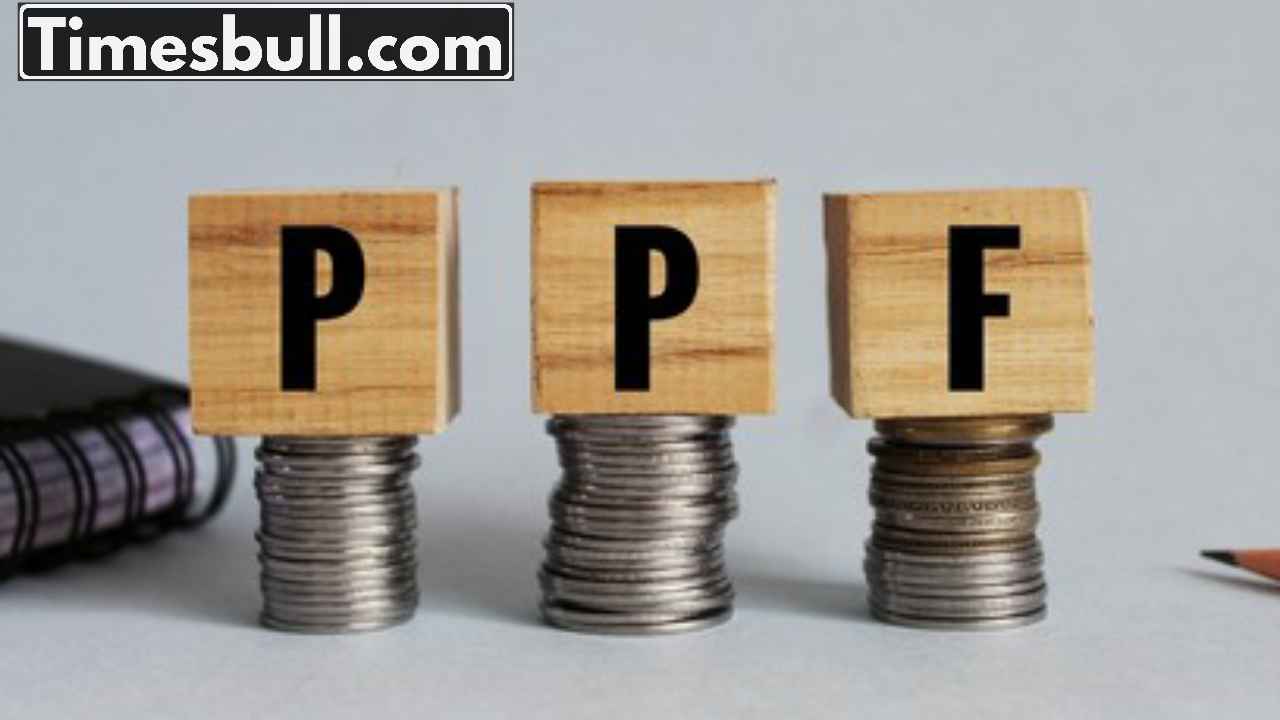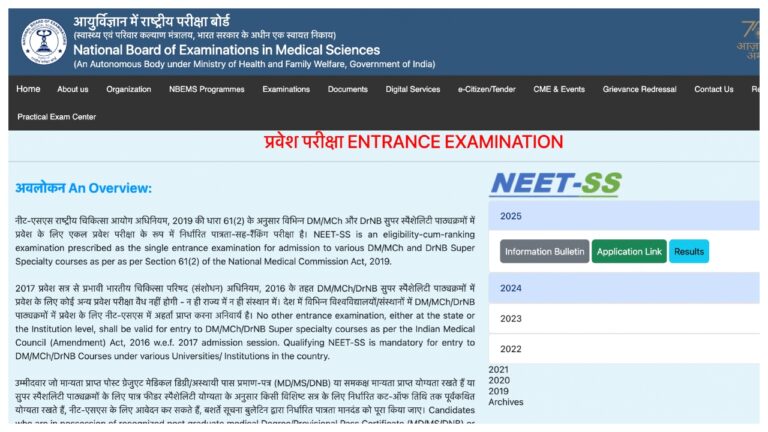PPF Investment- If you are planning to invest in something, then this article is made for you. Right now PPF is a safe and tax-free investment option. If you are thinking of investing in PPF, it is important to understand that it has some advantages and disadvantages. Let’s find out.
Benefits of investing in PPF
1. Safe investment
PPF is a government scheme, which is completely safe. It is guaranteed by the Indian government and by investing in it, you get a guarantee of security.
2. Tax savings
Investment in PPF is exempted from income tax under section 80C. In this scheme, you can invest up to Rs 1.5 lakh every year and get tax benefits on it.
3. Tax-free return
There is no tax on the return received on PPF. It comes under the EEE (Exempt, Exempt, Exempt) scheme, that is, investment, return and withdrawal, all three are tax exempt.
4. Long-term investment
PPF has a minimum lock-in period of 15 years, which gives you the benefit of investing for a long time. This scheme is a very good option for long-term financial security and retirement.
5. Loan
A special feature in PPF is that you can take a loan from your PPF account, which can be up to 25% of your deposit amount.
6. Investment
The investment amount in PPF is low, you can invest a minimum of Rs 500 and a maximum of Rs 1.5 lakh every year. This makes it a suitable option even for small investors.
7. Flexibility of investment
You can invest in PPF account on a monthly, quarterly or yearly basis, which gives you the flexibility to invest as per your convenience.
Disadvantages of investing in PPF
1. Lock-in period
The biggest downside of investing in PPF is its 15-year lock-in period. This means that the investment you make can remain without any withdrawals for 15 years, which may be inconvenient for some investors. However, you can make partial withdrawals after 6 years and take a loan after 7 years.
2. Low returns
The returns on PPF are often lower than other investment options such as equity mutual funds or the stock market. While the returns are stable and safe, it may not be as attractive for investors looking for high returns.
3. Changes in interest rates
The interest rate on PPF may change every quarter. Although it is fixed under government guarantee, the stability of returns may be affected due to changing interest rates.
4. Maximum investment limit
You cannot invest more than ₹1.5 lakh annually in PPF, which may be a limitation for investors who are looking to invest a high amount.
5. Time constraints at times
Since PPF has a long lock-in period, it is not for those who need to withdraw their investments quickly. Although partial withdrawals and loans are available, they are also very limited.
Who should invest in PPF?
People who prefer safe investments. PPF is a safe investment option, which is ideal for low-risk investors. Apart from this, people who invest for the long term. PPF is best for those who can invest for a long period (15 years or more) and want to save tax. If you want to invest to save tax, then PPF is an excellent option as it offers tax exemption under 80C.
Desclaimer: For any financial invest anywhere on your own responsibility, Times Bull will not be responsible for it.










